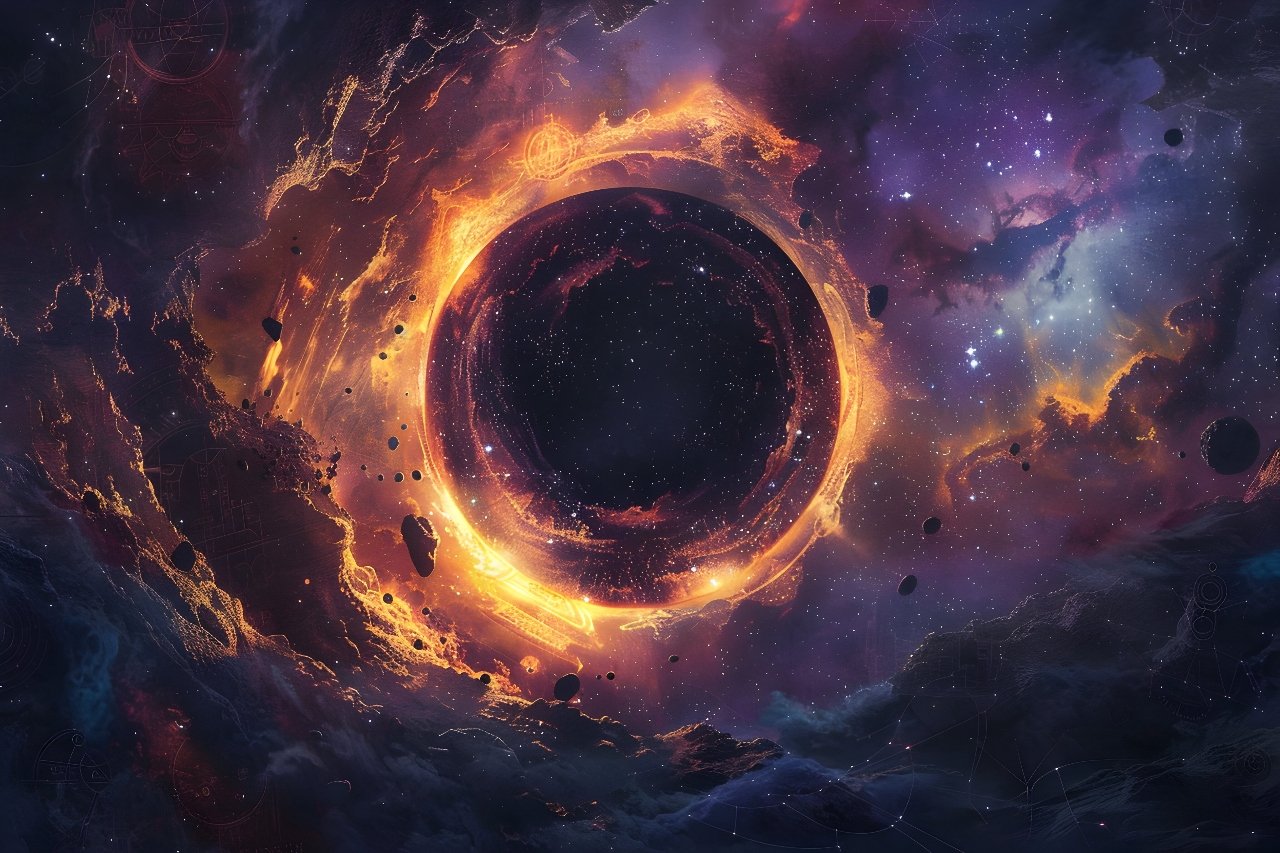m27: Stunning Dumbbell Nebula’s Secrets Revealed

The Dumbbell Nebula, also known as m27, is a captivating celestial object located in the constellation Vulpecula. Discovered by Charles Messier in 1764, it was the first planetary nebula ever identified. Situated approximately 1,360 light-years from Earth, m27 offers a glimpse into the future of our own Sun. Its distinctive dumbbell shape and vibrant colors make it a favorite among astronomers and stargazers alike
Understanding Planetary Nebulae
Planetary nebulae, despite their name, have no relation to planets. They are formed when stars similar in size to our Sun exhaust their nuclear fuel and expel their outer layers into space. The remaining core becomes a white dwarf, emitting intense ultraviolet radiation that ionizes the ejected gas, causing it to glow. This process results in the beautiful and intricate structures observed in nebulae like m27.
The Discovery of m27
Charles Messier, a French astronomer, cataloged m27 as the 27th object in his list of nebulous objects. He aimed to help comet hunters distinguish between permanent and transient celestial phenomena. The Dumbbell Nebula’s unique shape and brightness made it stand out, leading to its inclusion in Messier’s catalog
Physical Characteristics of m27
-
Size and Distance: m27 spans approximately 2.88 light-years in diameter, making it one of the largest planetary nebulae visible from Earth. Its proximity allows for detailed observation and study.
-
Brightness: With an apparent magnitude of 7.5, m27 is visible through binoculars and small telescopes under dark skies. Its high surface brightness makes it a popular target for amateur astronomers
-
Structure: The nebula exhibits a dumbbell shape, with two lobes of glowing gas extending from a central region. This structure results from the ejection of material along the star’s equatorial plane.
The Central Star
At the heart of m27 lies a white dwarf, the remnant core of the original star. This stellar corpse emits intense ultraviolet radiation, illuminating the surrounding gas. The white dwarf’s surface temperature reaches approximately 85,000 Kelvin, contributing to the nebula’s vibrant glow.
Observing m27
To locate m27 in the night sky, find the constellation Vulpecula, situated within the Summer Triangle formed by the bright stars Vega, Deneb, and Altair. Using binoculars or a small telescope, m27 appears as a faint, oblong patch of light. Under higher magnification, the nebula’s dumbbell shape becomes more apparent. Utilizing nebula filters can enhance contrast and reveal more intricate details.
Scientific Significance
Studying m27 provides valuable insights into the life cycle of stars and the processes governing stellar evolution. By analyzing the composition and dynamics of the nebula, astronomers can better understand the mechanisms behind mass loss, ionization, and the formation of complex structures within planetary nebulae.
Interesting Facts about m27
-
m27 was the first planetary nebula ever discovered.
-
The nebula’s distinctive shape resembles a dumbbell, leading to its common name.
-
m27 is located approximately 1,360 light-years from Earth
-
The central white dwarf has a surface temperature of about 85,000 Kelvin.
-
The nebula spans roughly 2.88 light-years in diameter
-
m27 is visible through binoculars and small telescopes under dark skies.
Conclusion
The Dumbbell Nebula, or m27, stands as a testament to the beauty and complexity of the universe. Its study not only enriches our understanding of stellar evolution but also inspires awe and curiosity about the cosmos. As we gaze upon m27, we are reminded of the dynamic processes that shape the stars and, ultimately, our own existence











